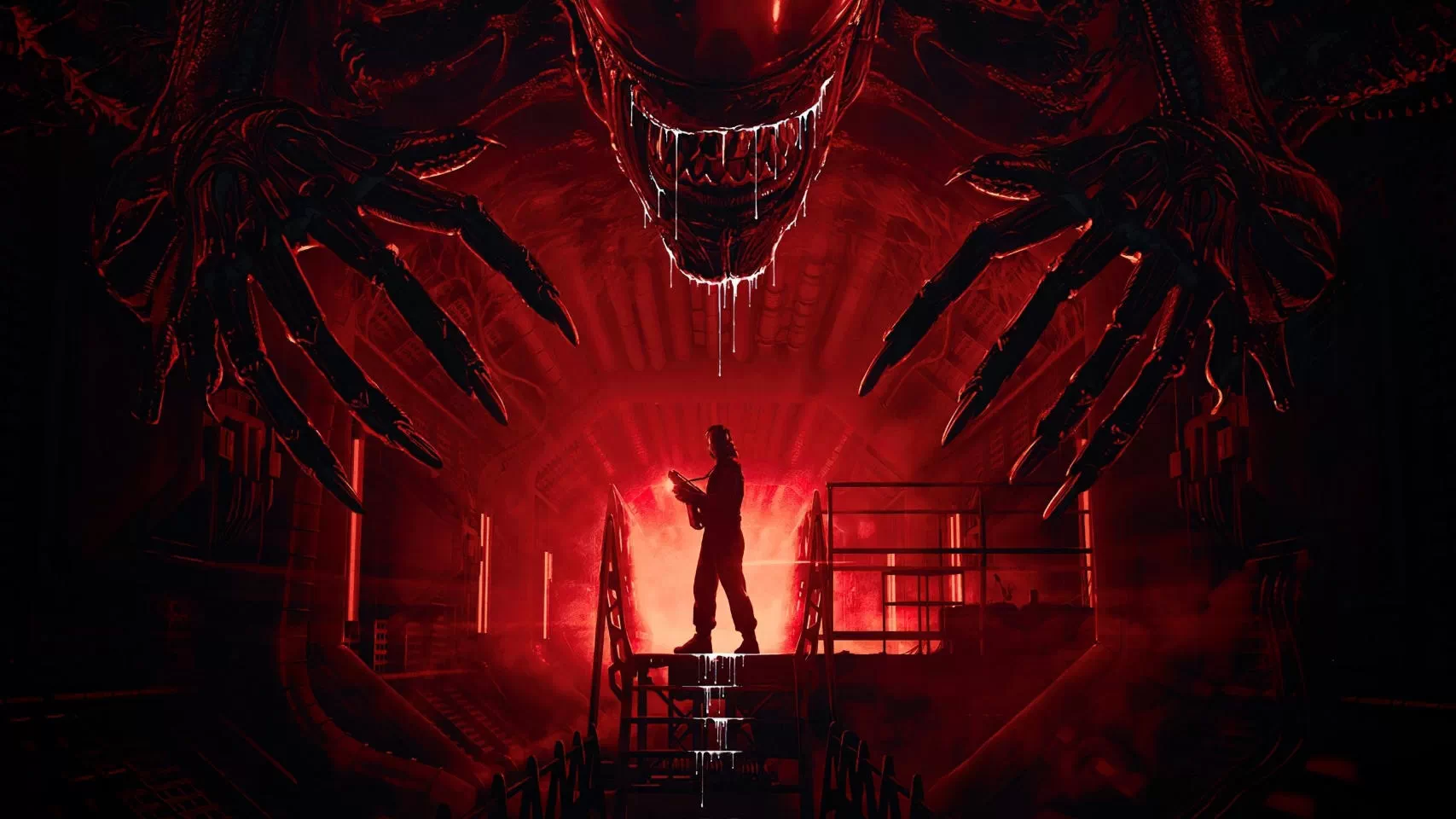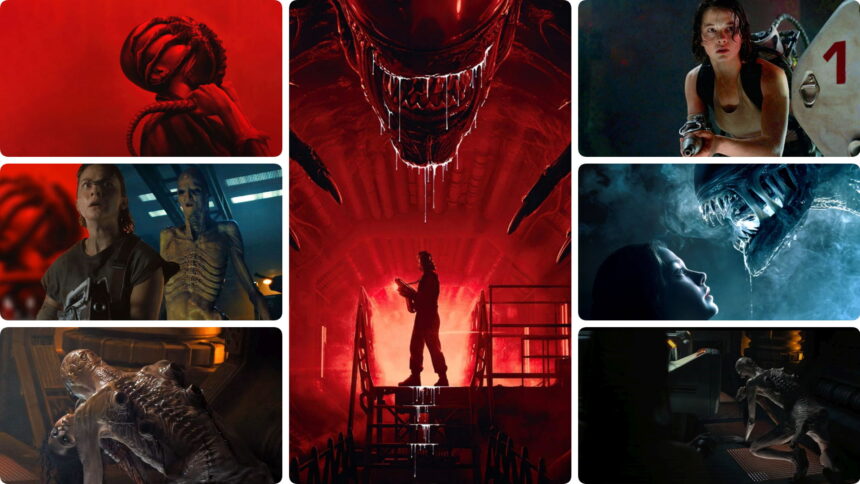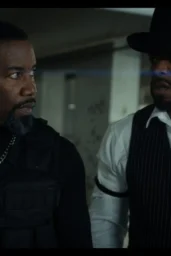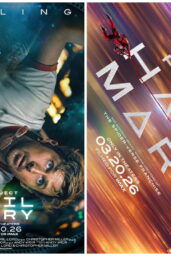A Second Chance for Perfection
The Alien franchise has long been a cinematic benchmark for atmospheric horror and existential sci-fi. However, Alien: Romulus, the latest installment from 20th Century Studios and director Fede Alvarez, faced a different kind of challenge—re-creating the iconic visage of Ian Holm, who played Ash in the original 1979 Alien. For its theatrical run, the character of Rook, a disembodied android head modeled after Holm's Ash, drew criticism for its uncanny valley CGI, an element that took audiences out of the otherwise taut narrative.
Now, Alvarez has revealed to Empire Magazine that the team went back to the drawing board for the film's home release, refining Rook's appearance using a mix of digital tweaks and practical effects. “We just ran out of time in post-production to get it right,” Alvarez admitted. “I wasn't 100 percent happy with some of the shots… So, for people that react negatively, I don't blame them.”
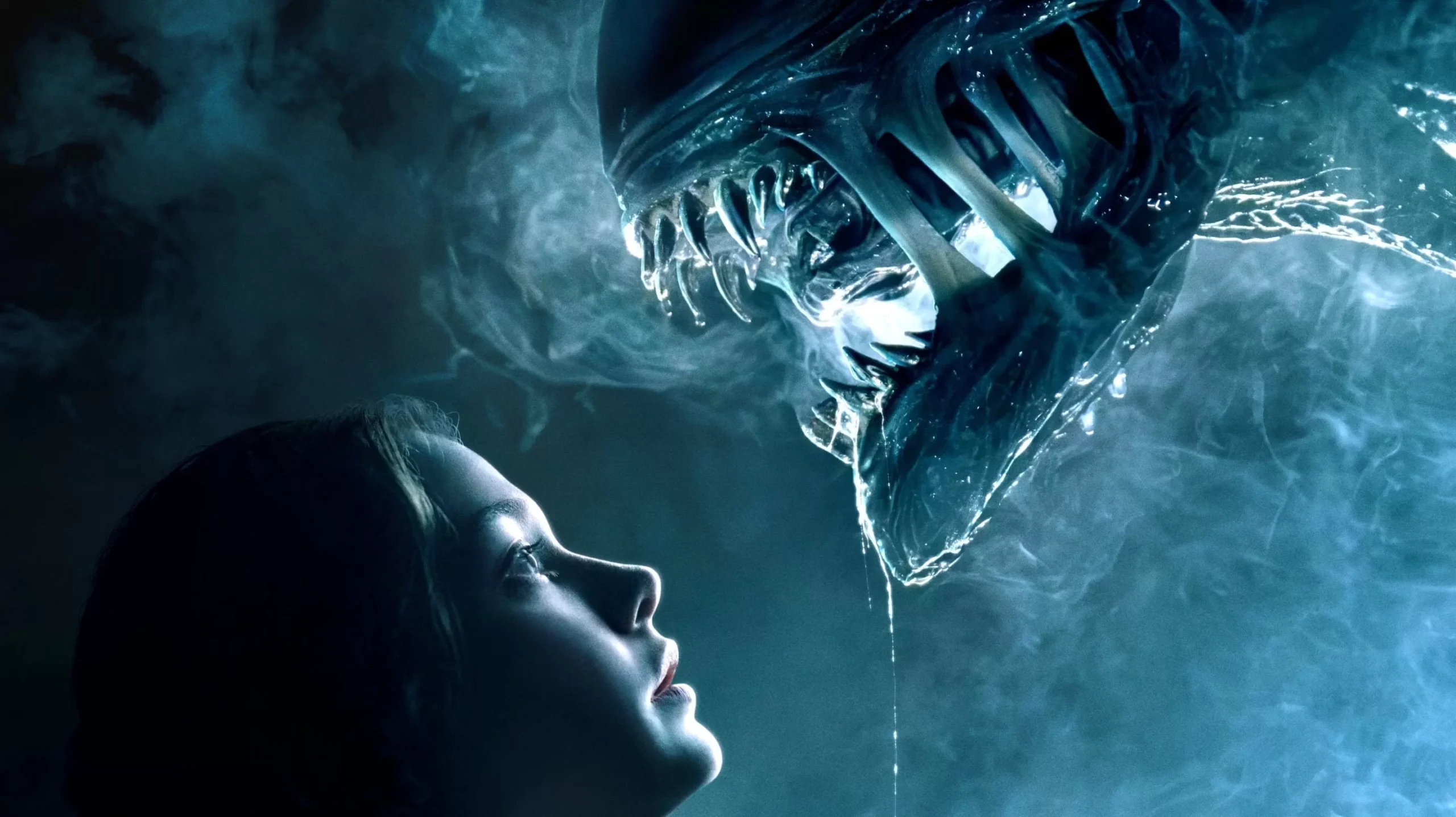
Reviving Holm: Technology Meets Tribute
The task of digitally resurrecting a beloved actor is always fraught with both technical and ethical challenges. Holm's portrayal of Ash was chillingly precise—a character as clinical as he was menacing. In Alien: Romulus, Rook's design was based on Holm's likeness, with the approval of his estate. For the theatrical release, CGI took center stage, but Alvarez concedes that time constraints left the final product feeling rushed.
For the home entertainment release, a critical pivot was made. “What we did was revert a lot more to the puppet,” Alvarez explained, referring to an animatronic model crafted by Shane Mahan, based on Holm's Lord of the Rings head cast. This practical approach lent a tangible authenticity to the character, ensuring a more seamless integration with the film's eerie aesthetic. The updated version of Rook better captures the nuanced eeriness of Holm's original android portrayal—a more fitting homage to the late actor.
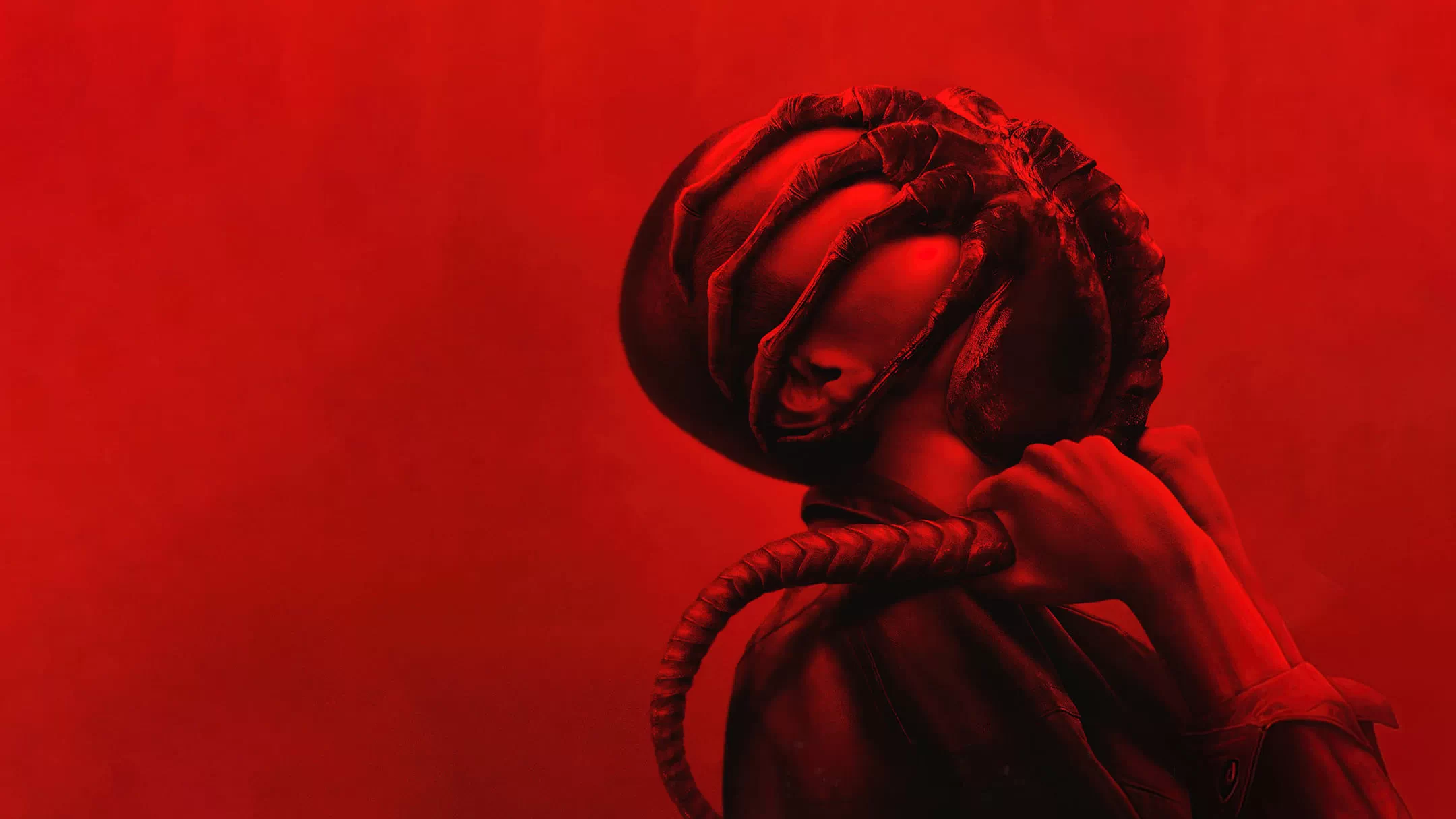
The Legacy of Practical Effects in Alien
The choice to lean back into practical effects isn't just nostalgic—it's a testament to what has always made Alien endure. The original film's visceral horror, from H.R. Giger's nightmarish xenomorph to the grotesque chestburster scene, owes much to the physicality of its effects. By combining Mahan's animatronics with updated CGI for the home release, Alvarez honors that tradition while correcting the film's earlier missteps.
A Film Divided
While Alien: Romulus boasts a capable cast, including Cailee Spaeny, David Jonsson, and Archie Renaux, its reception has been mixed. Some fans applauded its atmospheric visuals and psychological depth, while others criticized its narrative for leaning too heavily on nostalgia. The Rook subplot encapsulates these criticisms. On one hand, the character ties the film to its roots, reminding audiences of Alien's legacy. On the other, Rook's inclusion feels like a forced attempt to recapture the franchise's early magic.
Still, the home release, with its meticulous fixes, offers a more polished version of the story Alvarez set out to tell.
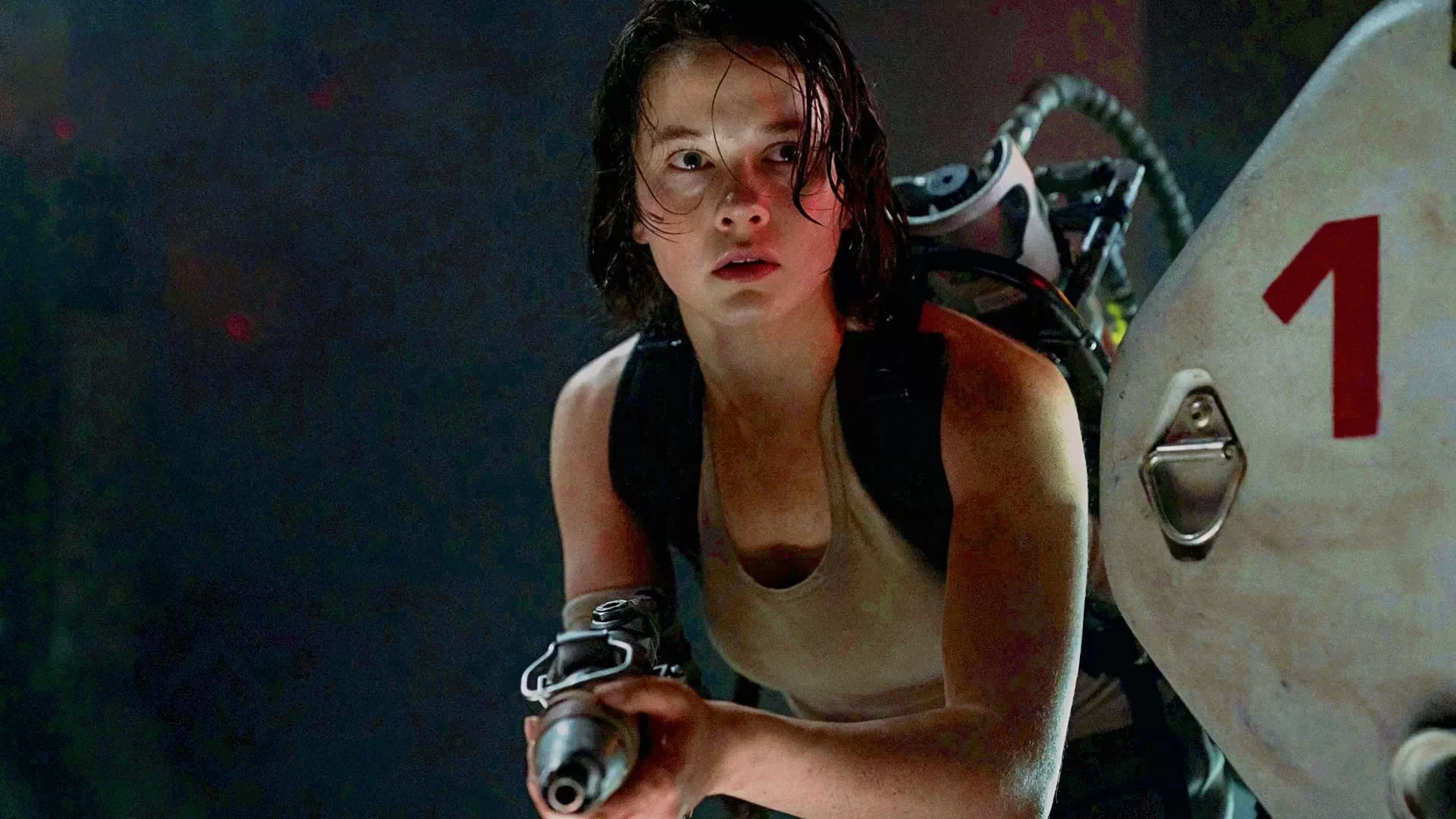
Conclusion: A Complicated Legacy, Improved
The post-release revision of Alien: Romulus is a bittersweet reminder of the pressures modern filmmakers face—juggling creative integrity, tight deadlines, and the ever-watchful eye of fandom. With the enhanced Rook, Alvarez not only addresses past criticisms but also underscores the importance of honoring a cinematic icon like Ian Holm.
For fans of the Alien series, the home release represents a superior experience, one that reaffirms the franchise's commitment to its horror roots while grappling with the complexities of technological innovation. Whether you watched the film in theaters or are experiencing it for the first time at home, the new Rook adds a layer of authenticity that makes the story feel whole.
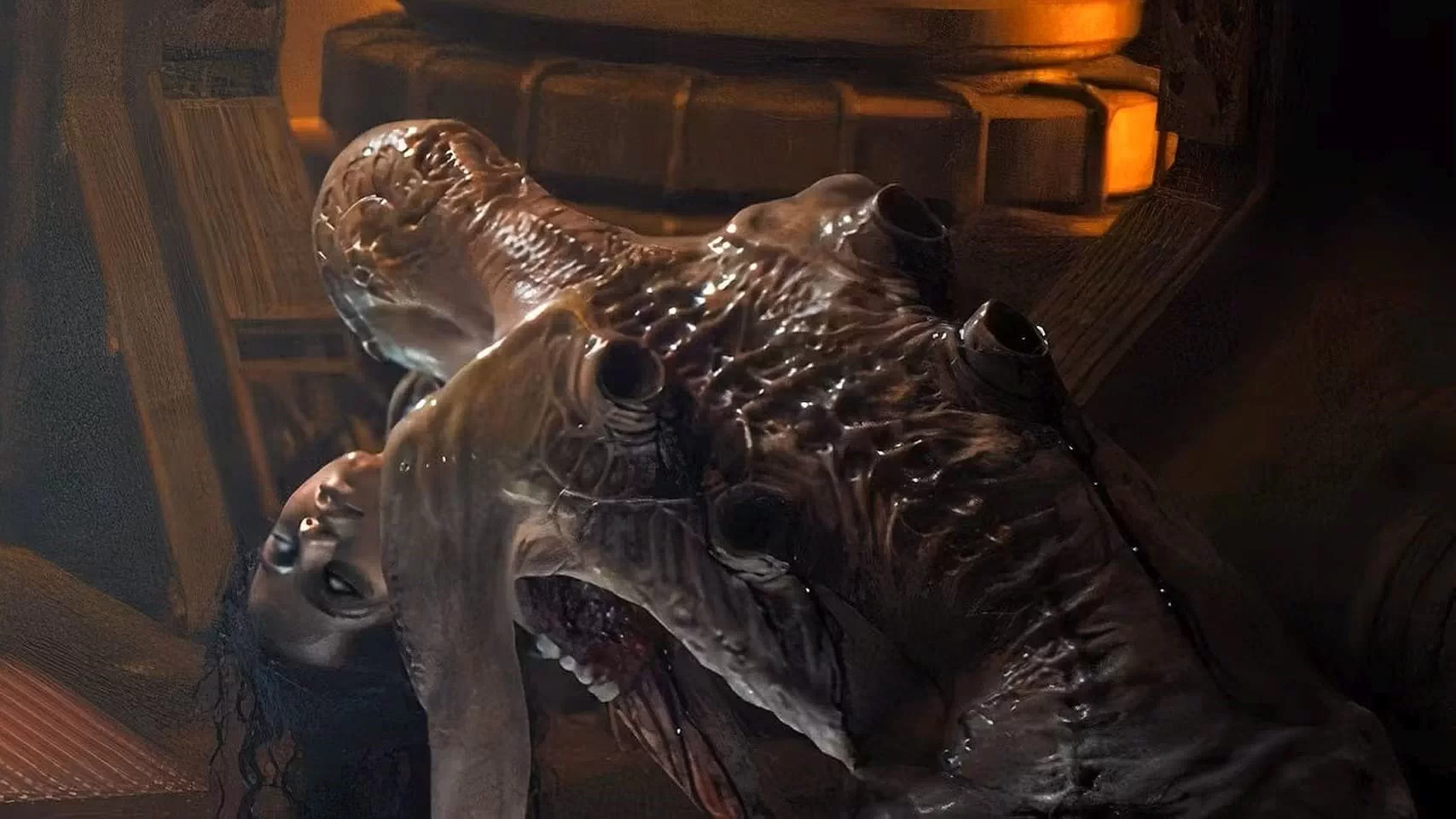
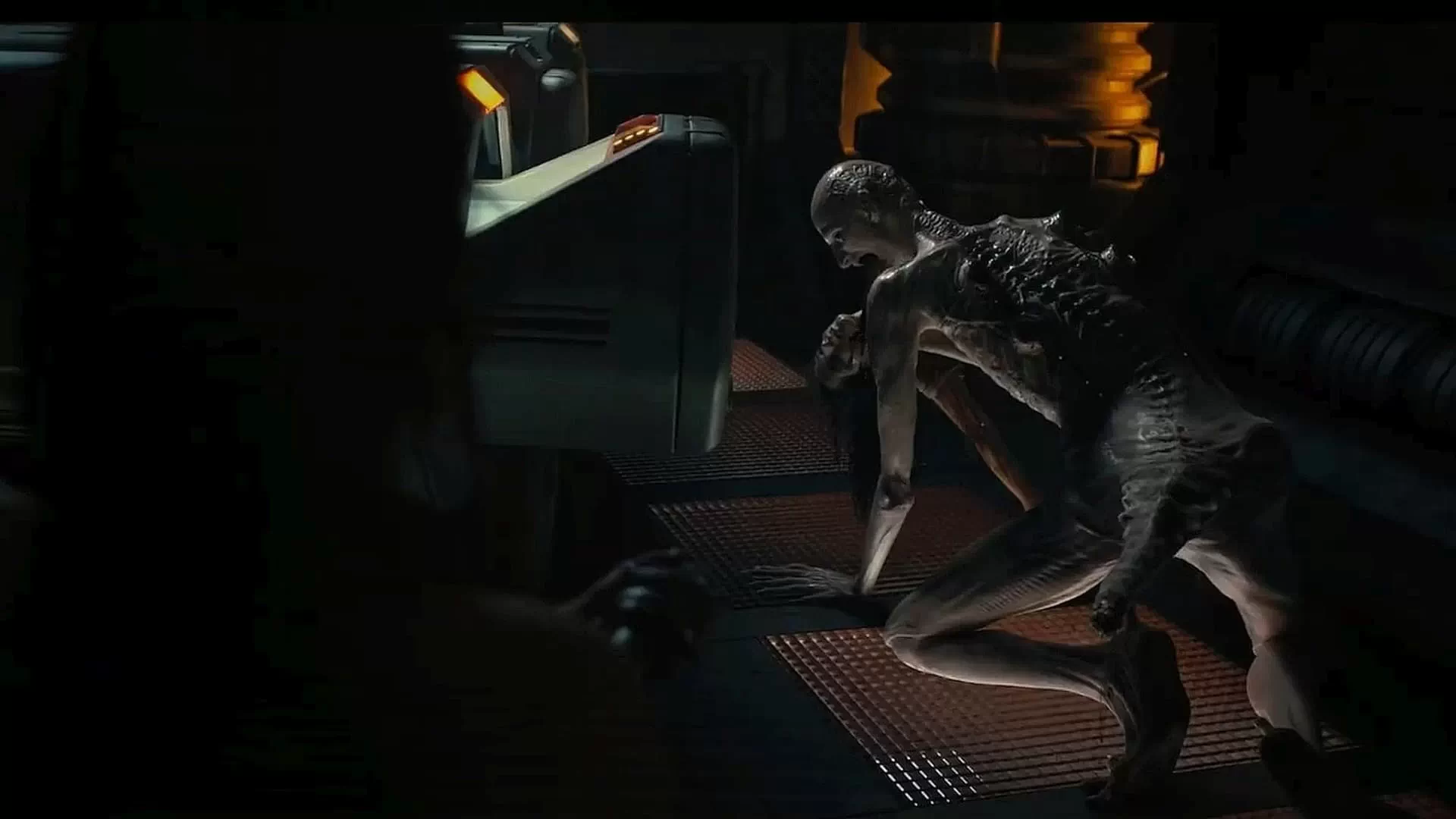
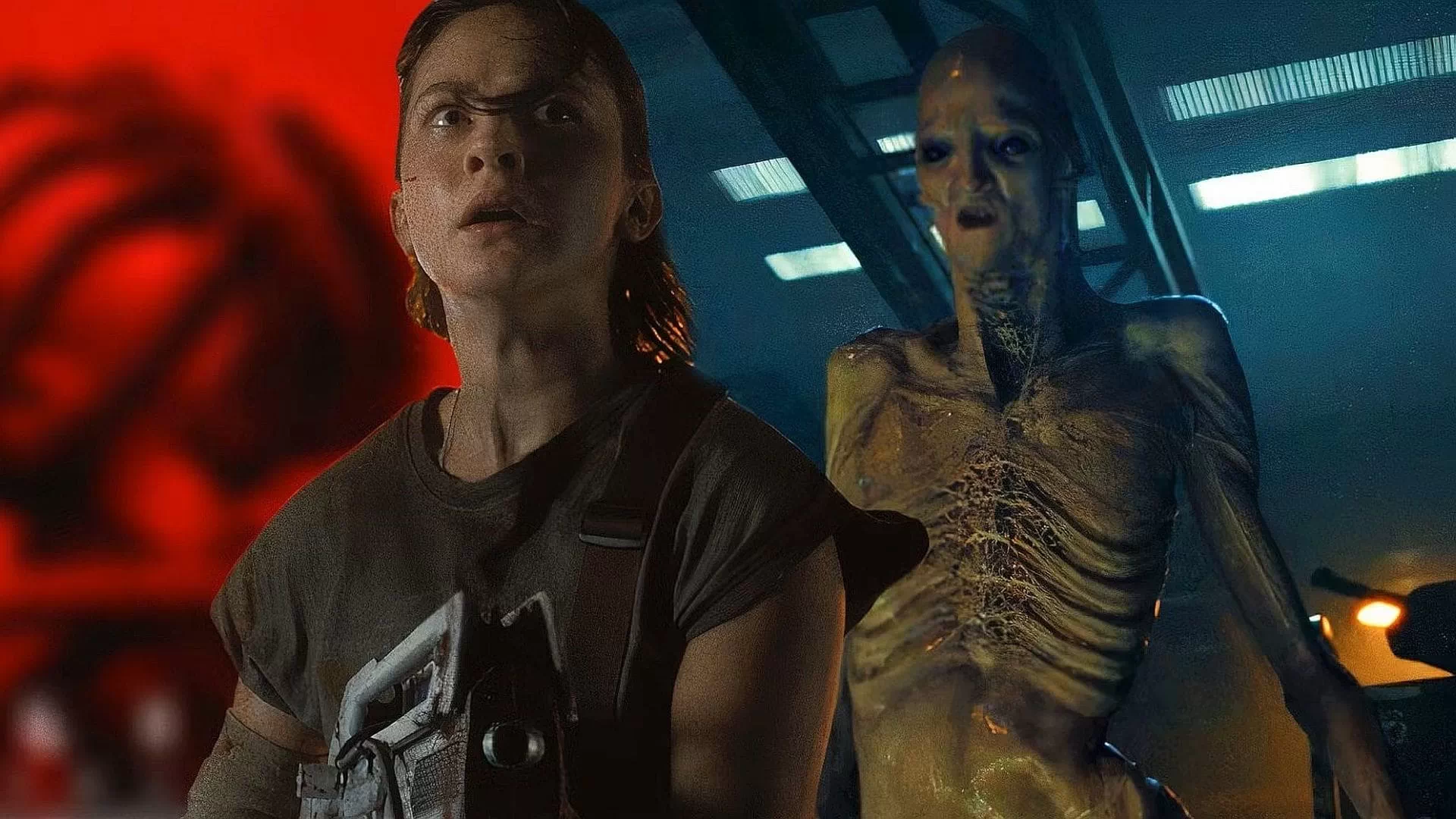
Personal Impressions
There's something profoundly human about the desire to correct our mistakes, and Alien: Romulus embodies this spirit with its post-theatrical fixes. Rook's updated design feels like a genuine act of respect, both for Ian Holm's legacy and for the Alien fandom's discerning eye.
The film itself, while imperfect, succeeds in capturing the oppressive dread that defines the series. Alvarez's direction shows a clear reverence for Ridley Scott's original, but at times, the narrative falters under the weight of its ambition. Still, the home release proves that the devil is in the details—and sometimes, fixing those details can make all the difference.
What do you think about the rise of post-release fixes in modern cinema? Should filmmakers have the opportunity to revisit their work after its theatrical run, or does this set a dangerous precedent for the industry?
